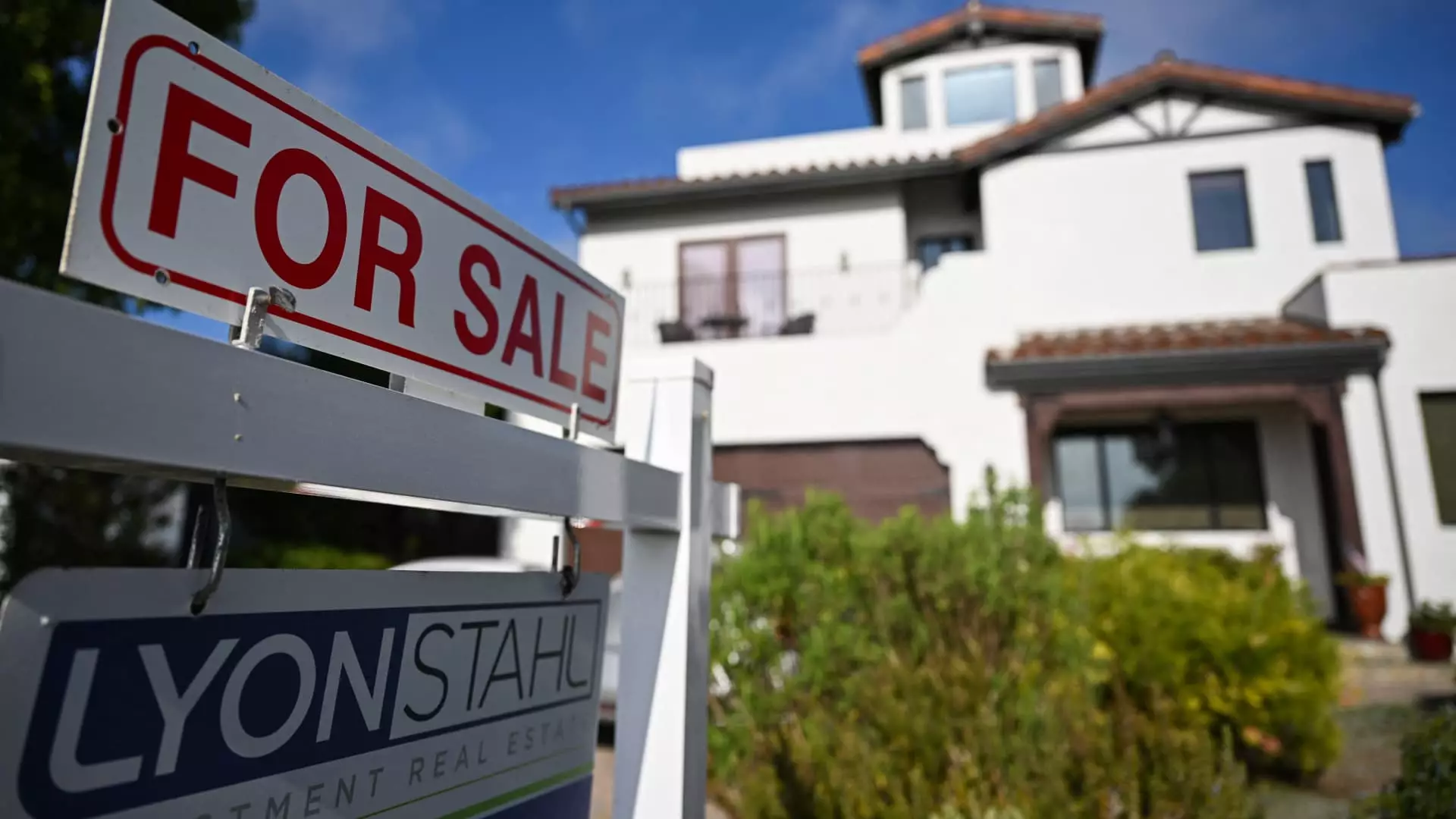The real estate market is currently experiencing a shift as the supply of homes for sale is on the rise. According to a recent report from Realtor.com, active listings in August saw a 36% increase compared to the same month last year. This marks the 10th consecutive month of annual growth in supply. However, despite this increase, inventory is still 26% lower than it was in August 2019 before the pandemic.
As more homes are entering the market, sellers are starting to pull back. There were fewer new listings in August compared to the previous year, indicating a hesitation among sellers to put their homes up for sale. One of the primary reasons for the growth in supply is the fact that homes are remaining on the market for longer periods. With more homes available, price cuts are becoming more common, asking prices are moderating, and the average time to sell a home is increasing.
While supply is increasing across most cities, certain areas are seeing larger gains than others. For example, Tampa, Florida’s inventory has surged by over 90% compared to the previous year, while cities like San Diego, Miami, Seattle, and Denver have also experienced significant increases in inventory. Regionally, active listings rose by 46% in the South, 35.7% in the West, 23.8% in the Midwest, and 15.1% in the Northeast.
The rise in supply is leading to homes spending more time on the market. In August, the typical home spent 53 days on the market, which is an increase of seven days from the previous year. This slowdown in the market is reflected in the data, showing that for every 5.5 percentage point increase in the year-over-year number of active listings, the market slows down by about one day.
The increased supply and longer selling times are finally starting to have an impact on home prices. The share of homes with price reductions rose to 19% in August, up 3 percentage points from the previous year. Additionally, the median list price was down by 1.3% year over year. This decline can partly be attributed to the mix of homes available on the market, with more smaller homes being listed. Despite this decrease, prices are still significantly higher than they were in August 2019.
Buyer behavior is also being influenced by these market changes. Applications for loans to buy a home have decreased by around 4% compared to the same time last year, even though mortgage rates are currently lower. It seems that some potential buyers and sellers are waiting for further declines in prices before making a move in the market.
The real estate market is in a state of transition as supply continues to increase, leading to longer selling times and lower prices. Buyers and sellers are navigating this changing landscape cautiously, with some opting to wait for further market shifts before engaging in transactions. As inventory levels rise and market dynamics evolve, it will be interesting to see how these trends impact the overall stability and competitiveness of the real estate market in the coming months.

